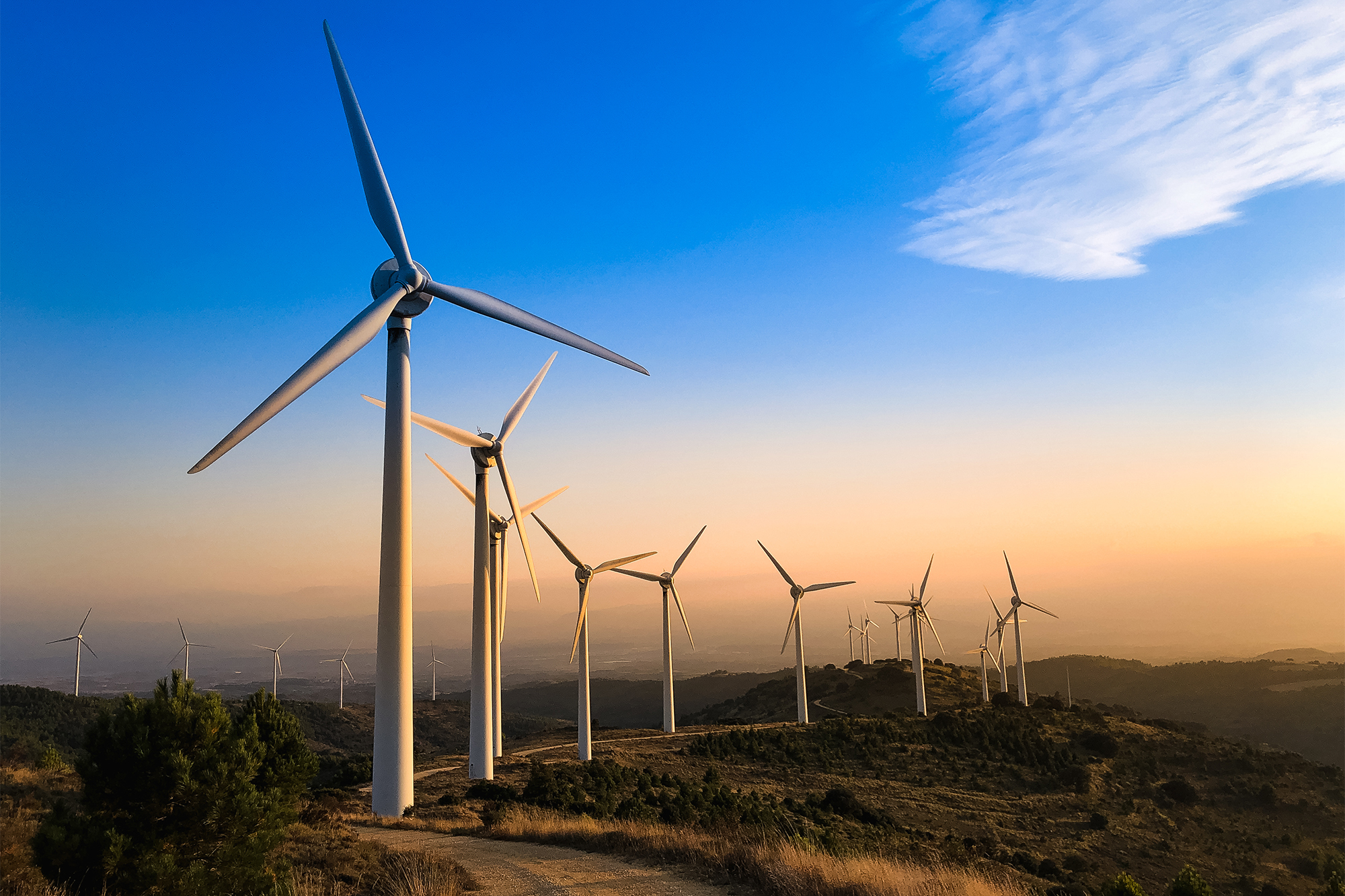Energy that is obtained from natural sources and is replenished at a pace that is greater than the rate at which it is used is referred to as renewable energy. Sources such as sunlight and wind, for instance, are examples of something that are continually being renewed. Energy sources that are renewable are abundant and may be found all around us.
On the other hand, fossil fuels, which include coal, oil, and gas, are resources that do not replenish themselves and require multiple hundreds of millions of years to create. When fossil fuels are burnt via the process of producing energy, they result in the production of detrimental greenhouse gases such as carbon dioxide.
The production of renewable energy results in much fewer emissions than the combustion of fossil fuels. It is essential to make the switch from fossil fuels, which are responsible for the majority of emissions at the moment, to renewable energy sources in order to effectively address the matter of climate change.
In most nations, renewable energy sources are now more affordable than fossil fuels, and they also provide three times as many employment.
Here are a few common sources of renewable energy:
SOLAR ENERGY
Solar energy is the most plentiful of all energy resources, and it can even be harvested even when the weather is gloomy. It is estimated that the pace at which the Earth absorbs solar energy is about 10,000 times higher than the rate at which people utilize energy.
A wide variety of applications may benefit from the use of solar technology, which can provide heat, cooling, natural lighting, power, and fuels. The conversion of sunlight into electrical energy may be accomplished by solar technology using either photovoltaic panels or mirrors that focus solar radiation.
Every nation has the potential to make a considerable contribution to the overall energy mix via the use of direct solar energy, despite the fact that not all nations experience the same level of solar energy resources.
In the last 10 years, there has been a significant reduction in the cost of producing solar panels, which has resulted in their being not only accessible but also often the most cost-effective kind of power. The lifetime of solar panels is around thirty years, and they are available in a wide range of colors, which are determined by the kind of material that is used in their production.
WIND ENERGY

The kinetic energy of flowing air is harnessed by wind energy via the use of enormous wind turbines that are situated either on land (onshore) or in freshwater or seawater (offshore). Wind energy has been used for millennia; however, during the last few years, onshore and offshore wind energy technologies have developed to optimize the amount of power generated. These technologies include taller turbines and bigger rotor diameters on the onshore and offshore wind energy systems.
The world's technological potential for wind energy surpasses the global electricity output, and adequate potential exists in most parts of the globe to permit considerable wind energy deployment. Though average wind speeds vary greatly from place to location, the world's wind energy potential is more than the worldwide electricity production.
Even though there are many regions of the globe that experience high wind speeds, the greatest places to generate wind power are often those that are located in isolated areas. There is a huge amount of promise in offshore wind power.
GEOTHERMAL ENERGY
Geothermal energy utilizes the accessible thermal energy from the Earth’s interior. Heat is extracted from geothermal reservoirs using wells or other means.
Reservoirs that are naturally sufficiently hot and permeable are called hydrothermal reservoirs, whereas reservoirs that are sufficiently hot but that are improved with hydraulic stimulation are called enhanced geothermal systems.
Once at the surface, fluids of various temperatures can be used to generate electricity. The technology for electricity generation from hydrothermal reservoirs is mature and reliable, and has been operating for more than 100 years.
HYDROPOWER
Hydropower harnesses the energy of water moving from higher to lower elevations. It can be generated from reservoirs and rivers. Reservoir hydropower plants rely on stored water in a reservoir, while run-of-river hydropower plants harness energy from the available flow of the river.
Hydropower reservoirs often have multiple uses - providing drinking water, water for irrigation, flood and drought control, navigation services, as well as energy supply.
Hydropower currently is the largest source of renewable energy in the electricity sector. It relies on generally stable rainfall patterns, and can be negatively impacted by climate-induced droughts or changes to ecosystems which impact rainfall patterns.
The infrastructure needed to create hydropower can also impact on ecosystems in adverse ways. For this reason, many consider small-scale hydro a more environmentally-friendly option, and especially suitable for communities in remote locations.
OCEAN ENERGY

Technologies that harness the kinetic and thermal energy of saltwater, such as waves or currents, in order to generate electricity or heat generate ocean energy. Ocean energy is derived from several technologies.
There are a variety of prototype wave and tidal current devices that are now being investigated when it comes to ocean energy systems, which are still in the early stages of research. It is not difficult to imagine that the potential for ocean energy is greater than the current energy needs of humans.